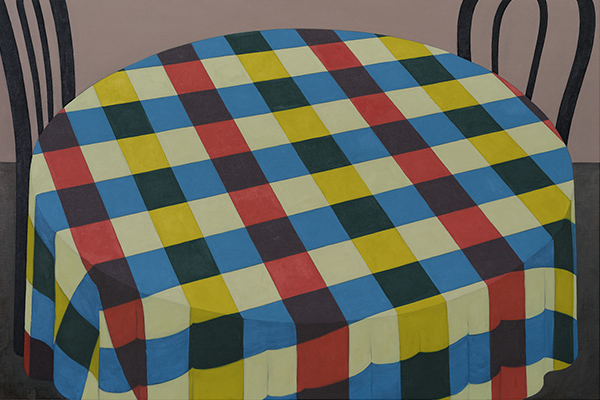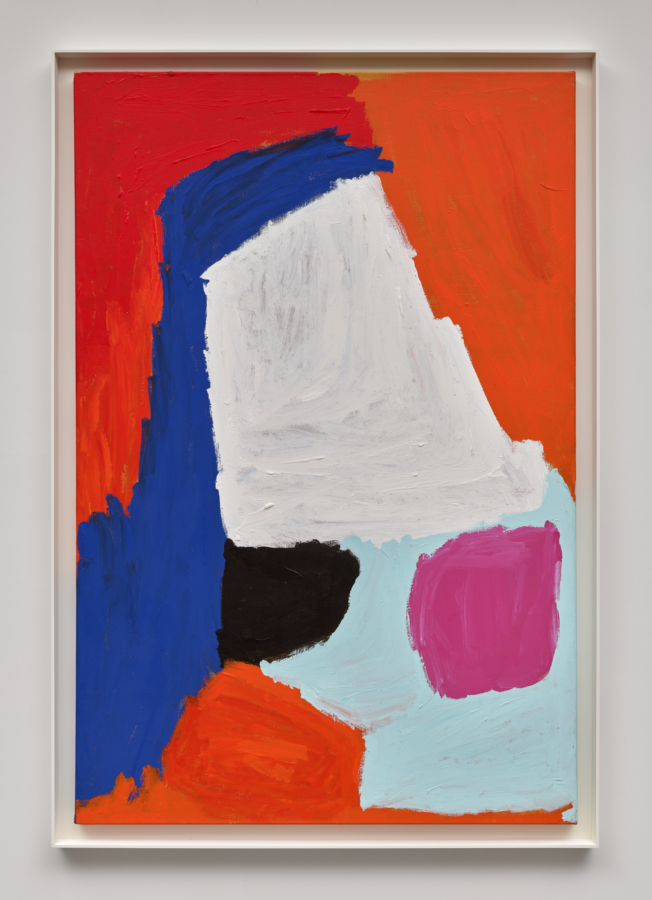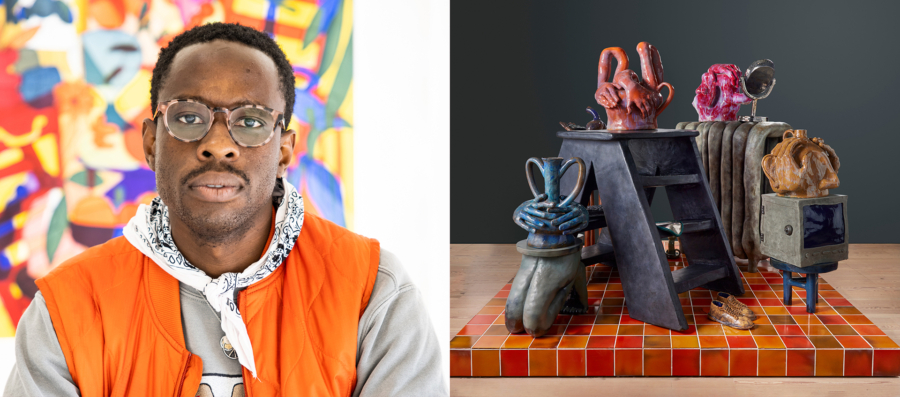November 16, 2011
Role Models published by Farrar, Straus and Giroux, 2011.
I live alone but I have a ton of roommates. Luckily, they’re not human beings. I couldn’t stand the idea of having someone else’s belongings around. I don’t have the mental space. Worse yet, suppose they suddenly hung on the wall something I didn’t like? I can’t listen to someone else’s music or borrow their books either. No sirree, no real-life people sharing my bathroom or reading my newspapers before me! Instead, I live with artists.
Mike Kelley is one of my roommates. Yes, the man who made pitiful seem sexy by turning grimy thrift store stuffed animals into heartbreaking, jaw-droppingly beautiful sculptures by placing them or stained blankets on the floor or facedown on card tables next to one another like Jonestown suicide cultists. Suddenly a museum or an art gallery took on the appearance of a coroner’s office displaying corpes of toys after an airplane crashed into Santa’s sleigh mid-flight on Christmas Eve. Mike Kelley lives with me everywhere. In my New York apartment on the living room wall hangs his Dirty Mirror (1997) with its disgusting leftover cocaine lines painted in acrylic. A bloody hep-C trace can even be noticed as you look at the repulsive stain that totally obscures the mirror’s reflection of the viewer, not that you’d want to see your face after a night like this. What a terrible drug-over this artwork suggests: reckless, misleading moments of chemical joy that seem so sour an hour later…
Even in my New York apartment, Moyra’s smudged elegance can be felt. When you leave my place (nobody would notice on entering), look at the Davey photos (Untitled, Bottle 5) hanging right beside the front door and you’ll never feel embarrassed for having an ordinary moment in your life again. Here are nine empty liquor botttles that Moyra photographed between the years 1966 and 2000 after consuming the contents in a normal unalcoholic way. These are captured so plainly and with such a purposeful lack of force that you are not even sure if she felt like taking the picture in the first place.
Look at some of her other work and you will feel more and more special to see the off-kilter sensibilities of this artist with a gaze that gives the inferiority complex of forgotten household items the stature of architecture. Can a dirty refrigerator want to have its picture taken (even if it’s yours)? Will out-of-date turntables and shelves full of old stereo equipment ever be important enough for anyone but Moyra to celebrate? Just the thought of a Moyra Davey photograph makes me want to buy another one, but I’m afraid of one thing. The money she gets for her work might tempt Moyra to hire a part-time cleaning person for her apartment, which would be an art world catastrophe of the highest order.
Cleaning up can be pretty great, too. The artist/ painter/ sculptor/ photographer Paul Lee has always been helpful around the house and I’ve been collecting him from the beginning, right after I saw his work hung in his makeshift summer studio in the artist Jack Pierson’s house. Immediately I was taken with his two butch little-boy drawings of the blue-collar workplace. Stealing Colors (1999) is a shaky, primitive, part collage, part pencil sketch of a truck filled with meticulously but awkwardly cut out FedEx logos, and you get the feeling the artist was in some kind of enviable trance when he created this work. Same with Building Colors, its companion piece, which depicts a cement mixer dumping squares from the old FedEx logo he painted yellow. Stealing and Building never looked so happy together, almost sexual. If two artworks wanted to sneak off my walls when I’m out of town and have illicit sex, these would be the two I’d suspect.
Later, I let Before My Eyes (2020), Paul Lee’s Agnes-Martin-meets-Tom-Friedman-on-saltpeter grid of cutout Kodak box exteriors, move in, too, then all his work started asking me for a place to live. It got to be like a commune. Anvil (2002) and Blacksmith (2002) came next. Paul’s two op-art black-and-white collages hang over my bed in New York to remind me of my own confusion and mixed self-esteem as a youth. I want everyone to feel dizzy in a peculiarly nostalgic way when they look over my bed and imagine what goes on here. Pretty soon his claymounted sculpture of a melted “Real Thing” Coke instant camera (2005) was nagging for a place to hang its head, so I put it on the wall outside my Baltimore office and marveled at its Pompeii-like damage. So “swag-bag” rejected, so distressed, so melted down that you were quickly put in a sparkling mood, realizing it had been replaced by some new kind of art.
Since I already had Paul Lee’s drawings and sculptures, is it a surprise that his Untitled 4 (2006) of a wispy young boy with a blue square painted over his face jumped right up on the wall next to my Baltimore bed? I hope nobody thinks this sad young man who may have had all his emotions blocked due to some kind of abuse has anything to do with my childhood, because it doesn’t. Maybe this vaguely troubled little painting is there just to make me realize that I don’t have any excuse to be fucked-up. Nobody painted a block over my aspirations and I hope they didn’t to Paul Lee’s either.
I love it when he recycles. Paul took two photographs of lost boys off the Internet, glued them to foamboard, and bent them—instant sculpture! This creased, damaged little 2004 artwork, so afraid of the entire process of printing and mounting photographs, proves that you can’t really fail in the art world unless you try to do it to get rich. His untitled white pop-top of a can mounted on black paper with the reverse framed right next to it (2006) adds a formal touch to throwing you off. The question is, however, throwing you off what?
But Paul’s best work, by far, is his soiled washcloth sculptures (2006). These underwhelming cum-rag-dirty, once-smelly linen rejects from the bottom of a hamper exemplify the expression “Exposing your dirty laundry.” The washrag, each in a different shade of puke green, adds a touch of bold nerve to the wall right above my desk in New York. Not framed, but pinned to the wall, mated by an insane tailor for sexual reasons clear only to him, this meager rag of shabby craftmanship and graveyard for bodily fluids never washed anybody clean. Here is a cloth that can only wipe away goodness, a rag for all the bile and filth of a sexy night just secretly remembered and celebrated in private.
Paul Lee’s crowning achievement so far is Untitled (Cemented Towel) (2008), a pitiful forty-three-inch-high Leaning Tower of Pisa from Resurrection City that mocks the pedestal itself, the happiness of clean laundry, and the macho of cement mixing. This seemingly poorly planned fragile yet heavy-in-weight sculpture comes in two pieces that don’t fit together correctly. They lean pathetically like one of the World Trade Center buildings imagining what it had in store for itself before 9/11. The entire sculpture could topple over easily and shatter if a guest in your home accidentally brushed up against it. And to add even more architectural sadness, I have it in San Francisco, where earthquakes lurk. Having it secured to the floor with earthquake-proofing wax made the whole experience of collecting Paul Lee all the more baffling. This incredibly successful artwork is purposely, homely, haughtily failed, and passively confrontational. Just like all my roommates—ready to fight.



